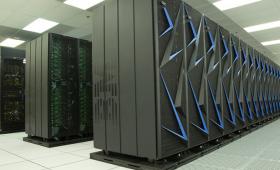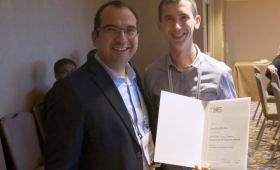The White House announced the launch of the COVID-19 High Performance Computing Consortium that can significantly advance the pace of scientific discovery in the fight to stop the virus.
Science and Technology
in the News
Science and Technology
in the News
News Center
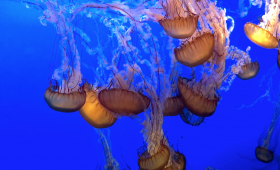
We see, communicate, manufacture, and explore using the waves on the electromagnetic spectrum, including those in the visible, microwave, radio, and x-ray frequencies.
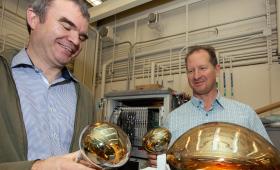
Monitoring antineutrinos emitted by nuclear reactors could help detect illicit production of plutonium.

LLNL and its partner laboratories and universities have designed and built an extensive suite of more than a dozen nuclear diagnostics for the National Ignition Facility.
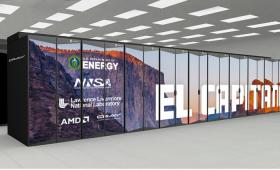
Lawrence Livermore, Hewlett Packard Enterprise, and Advanced Micro Devices Inc. (AMD) announced the selection of AMD as the node supplier for El Capitan, projected to be the world’s most powerful supercomputer when it is fully deployed in 2023.
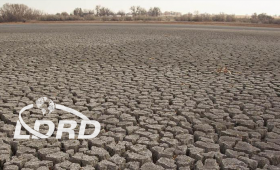
A multi-institutional collaboration explored current understanding of the physical processes that can drive flash droughts.
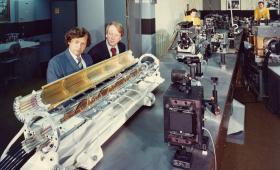
Sixty years ago in 1960, at Hughes Aircraft Company in Malibu, California, Thomas Maiman fired his solid-state ruby laser, emitting humankind’s first coherent visible light.
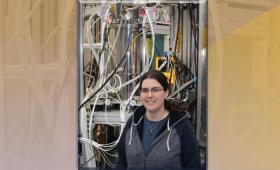
Livermore physicist Natalie Hell has been awarded the 2020 Dissertation Prize from the Laboratory Astrophysics Division of the American Astronomical Society.
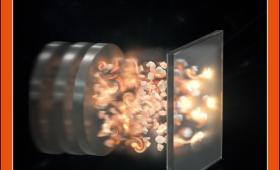
A special issue of the journal Propellants, Explosives, Pyrotechnics highlights multiscale modeling and experiments, an area of energetic materials science and technology in which LLNL researchers play a leading role.


